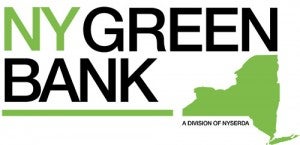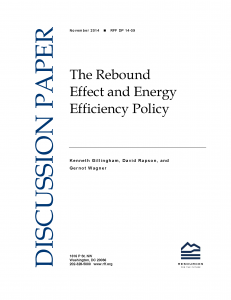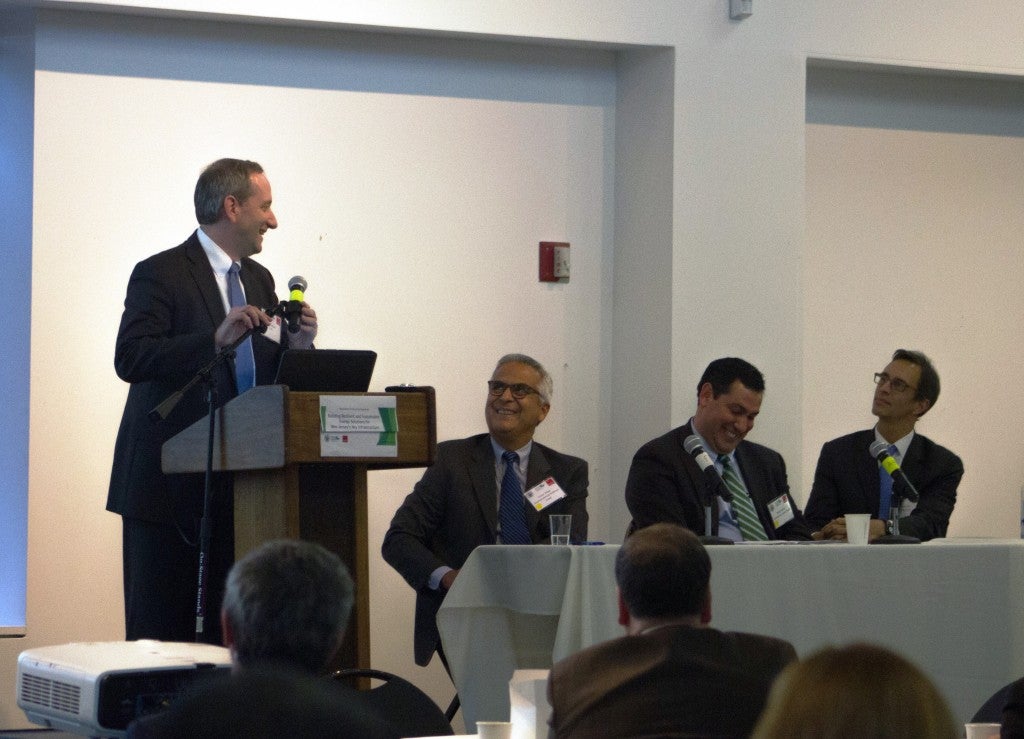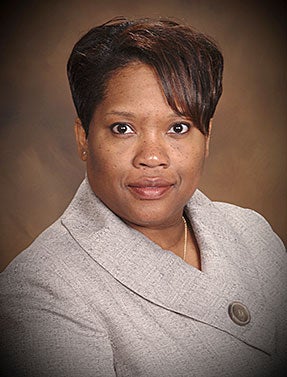 In order to fund the transition to a low-carbon economy at a pace rapid enough to prevent runaway climate change, the International Energy Authority has estimated that an annual $1 trillion will be required globally. What policies or mechanisms can be used to facilitate private capital engagement on so grand a scale?: Green banks, which are government-created financial institutions that use attractive interest rates and other incentives to leverage money from the private sector to fund clean energy projects.
In order to fund the transition to a low-carbon economy at a pace rapid enough to prevent runaway climate change, the International Energy Authority has estimated that an annual $1 trillion will be required globally. What policies or mechanisms can be used to facilitate private capital engagement on so grand a scale?: Green banks, which are government-created financial institutions that use attractive interest rates and other incentives to leverage money from the private sector to fund clean energy projects.
Earlier this week, EDF co-hosted the first day of the two-day, second annual International Green Bank Summit in our New York City headquarters, bringing together green bank stakeholders from around the world. The summit focused on how green banks can better leverage limited amounts of public capital to engage and accelerate the deployment of private capital into essential energy efficiency, renewable energy, and climate change mitigation initiatives.
Green banks are catalysts
With one dollar of public finance leveraging about three dollars of private capital, global green banks have catalyzed nearly $20 billion dollars to date in clean energy projects around the world and expect to raise more than $40 billion over the next five years. So far, only a handful of countries have developed green banks. Read More















